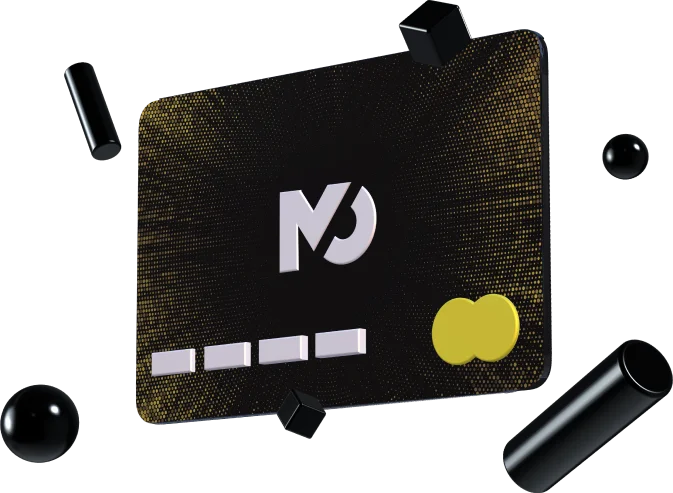Make contact with your spending… Or not!

During the rapid development of technology for personal use in the 1980s, many companies used the words ‘labour-saving devices’ to refer to items which were designed and marketed to make life more modern, more effortless, and more fashionable.
It could be said that the 1980s embodied the period during which the average family home transformed itself from the austere post-industrial designs of the 1950s toward the modern, minimalist, and immaculate age of the electronic revolution.
Those of us who remember such lifestyle trappings as the Sony Walkman, the Commodore 64 or the IBM personal computer would likely agree that this was the beginning of the move toward today’s world in which almost every aspect of everyday life is conducted via an electronic device, and in which a massive proportion of social and commercial activity is done via electronic means.
The internet revolution, which was accelerated by the dot com boom of the late 1990s and early 2000s, served to increase this dynamic tremendously.
How we pay has gone totally electronic
An area that was still relatively untouched by modern electronification during those formative years of personal technology was the methods by which payments were made between consumers and retailers. Owners of the Walkman or the first personal computers still had wallets with paper and metal cash in them.
Even after the internet revolution, which gave rise to a massive shift of business toward online e-commerce, cash was still king for most people.
It was not until the end of the 2000s when means of payment became more accessible via electronic means, and whilst making payment online was commonplace by then, there were still many people who paid with cash in retail stores.
All that has changed now
Statistics from the British government show that by 2021, 72% of adults in the United Kingdom used online banking and 54% used mobile banking.
By contrast, Bacs Direct Credit volumes fell by 4% to 1.9 billion. Direct Debit volumes rose 1% to 4.5 billion, and the value of electronic bank transfers, known as CHAPS payments, increased to £91.9 trillion.
This shows that more and more electronic card payments or contactless debit card payments are being used by a larger proportion of British society.
The most recent acceleration of innovation within payment methodologies in the United Kingdom began in late 2020 when the limit for transactions made with contactless debit and credit cards was increased to £100.
Between this increase of transaction limit being implemented in October 2020 and the end of 2021, contactless debit and credit card transactions in the United Kingdom rose by some 30%, according to UK banking and finance industry research outlet UK Finance.
The average transaction size also increased rapidly during the period in which contactless transactions in the retail environment were extended to £100. As an example, the transaction size increased from £11.86 in September 2021 to £15.30 just three months later in December 2021.
Government restrictions on social and commercial contact between people during the lockdowns of 2020 and 2021 accelerated the use of contactless debit and credit cards usage to the extent that during the whole year of 2021, the card spending data from the British government shows a total of 13.1 billion contactless payments were made in the year which is equivalent to 415 transactions every second. This is up 36 per cent compared with 2020 and 52 per cent higher than pre-lockdown levels in 2019.
The £100 precedent
After the lockdowns ended abruptly and many of the politicians who instigated them were removed from office, including former prime minister Boris Johnson, the behavioural changes that went with them soon went away, but one that stayed was the use of contactless debit and credit cards.
The £100 limit on contactless transactions was not reversed to the pre-lockdown level of £45, and the adoption of contactless payments by the mainstream public is now so widespread that Britain is one of the world’s leaders in its usage.
Indeed, many mobile devices support contactless payments, and payment via contactless debit cards stored on mobile phones ‘e-wallets’ is now very much commonplace.
Indeed, the security systems that are offered by electronic devices such as Apple Pay often allow for limitless contactless payments because the authorization process is similar to as if an account holder used the ‘chip and PIN’ method of inserting a card into a card reader and entering a PIN number whilst the card reader reads an electronic chip.
The sky is the limit
Nowadays, in the United Kingdom, it is entirely possible to buy high-value items via contactless payments due to the ability to add the details of such cards to smartphones which authenticate them on use.
Monevium’s debit card is available as either a physical card which can also be used for contactless transactions, or as a virtual card which means that it is entirely in keeping with today’s contactless payment world in that its users can operate it totally electronically by making online purchases with simple, saved details at the click of a button, or via a mobile device when purchasing from retail stores by simply tapping the mobile device on the contactless reader.
Simplicity when going about everyday purchases has now been perfected.
Monevium is the Trading Name of Advanced Wallet Solutions Limited, a company registered in the UK under company number 10251711 and is regulated by the UK’s Financial Conduct Authority under Firm Reference Number 766038.
Open Monevium Account in Minutes
The future of money management is only a few clicks away. Apply here to have complete control over your money.


